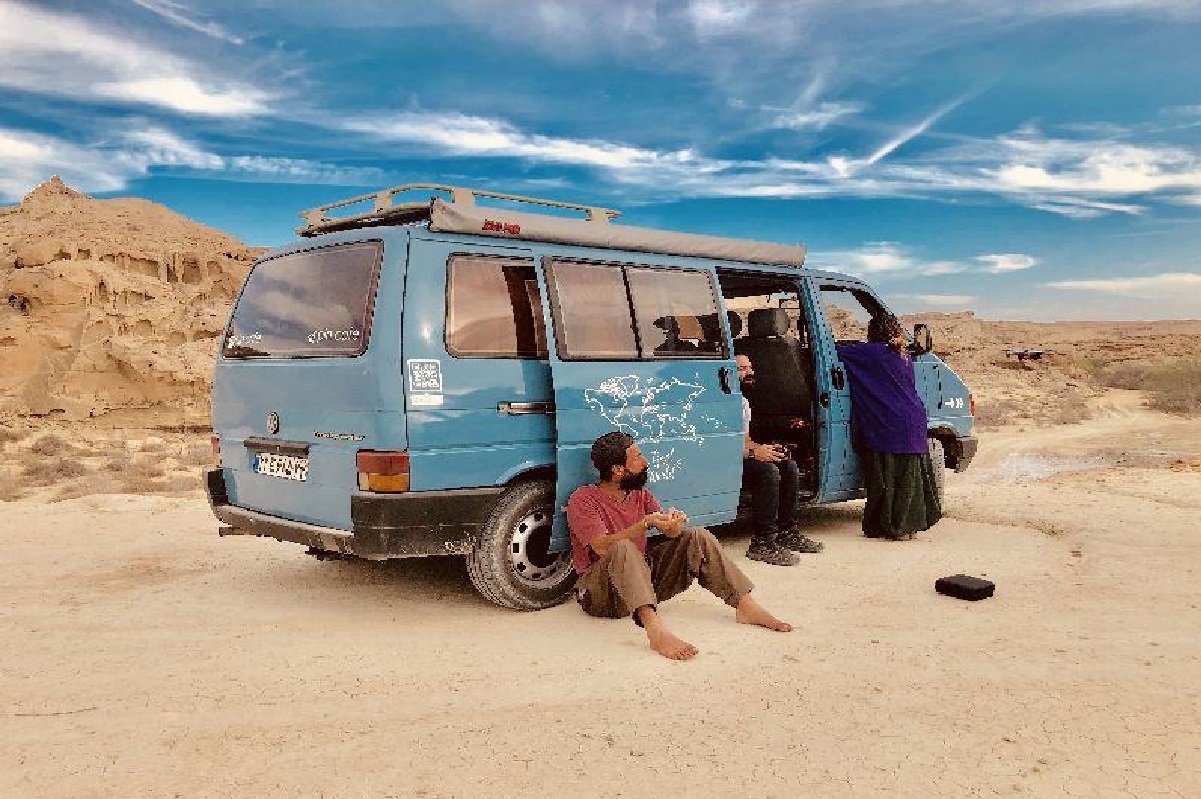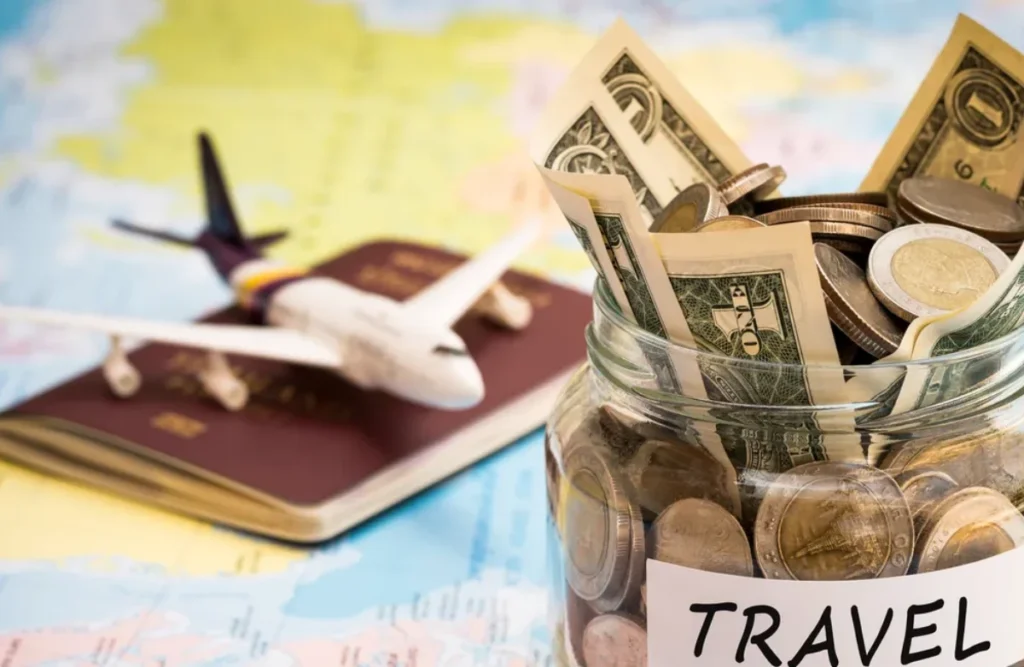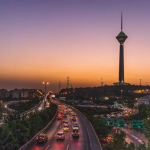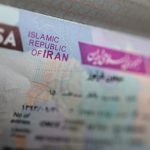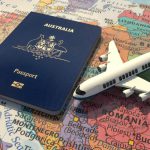Overlanding in Iran is an immersive experience. Ever-changing landscapes, cultures, and neighboring countries line the route in either direction. Whether you drive, take a bus, or take a train, Iran land travel is an interesting way to view the region.
This Iran travel guide for overland tourists will help you find your way through visa requirements, border crossings, and transport options. Equally important, safe overland travel in Iran can ensure your trip is smooth and safe. From entry points through Iran by land guides on local land transportation info, this guide equips you with all the information needed for an unforgettable land journey through Iran.
Visa and Border Crossing Requirements
fundamentally, the first requirement for your Iran land travel plan will be visas. Foreign nationals are required to obtain a visa to enter Iran, and visa policy in Iran differs from country to country. Any traveler wishing to visit the country for tourism purposes can quickly get a visa from an Iranian embassy or consulate for any country that is not America, and this requires one to apply for an e-visa online.
Get your visa in Iran Visa Application
leave a message on Whatsapp to contact us.
Types of Visa and How to Apply
Tourist and business visas are available for people who wish to visit Iran. The application form usually includes passport and visa applications and other documents, such as an invitation letter. To avoid bad timing, it is advisable to apply for the grant many months in advance.
Read More : Which countries can enter Iran without visa?
Border Crossing Entry Points
Iran has neighbors, and each border is different from the other. Turkey, Pakistan, Armenia, and Afghanistan are the main Iran entry points for land. You may require other documents or permits if you enter this country through some particular mode.
Procedures in Customs and Immigration
After Crossing the border, there will always be a customs check. You must always have your visa and any other required papers with you.
Read More : Can You Travel to Iran as an Unmarried Couple?
Traveling Through Neighboring Countries to Iran
Iran shares borders with several countries, offering multiple entry points for overland travelers. The best route to Iran is through neighboring countries, which allows travelers to experience different cultures and landscapes.
Read more : How Can You Travel to Iran with Your Vehicle?
Traveling to Iran by Land from Turkey
Turkey is among the most popular entry points for those embarking on overland travel to Iran. The Iran entry points by land from Turkey are easily accessible, mainly through the Bazargan border, which connects with the Iranian city of Maku.
This route is commonly used by travelers from Europe or those embarking on road trips to Iran. The road conditions are generally good, and transportation options for crossing the border are easy to find. Many travelers opt for buses, but those with their vehicles can enjoy a scenic drive through the mountains.
Traveling to Iran by Land from Europe
European travelers can readily access Iran’s land transportation options via Turkey. The most popular route is through Istanbul, heading southeast toward the Turkish-Iranian border. A journey through Iran by land from Europe is an adventure, passing through Turkey’s diverse landscapes before crossing into Iran.
European travelers should have the appropriate visa and ensure their vehicles meet the entry requirements for Iran entry points by land.
Traveling to Iran by Land from Africa
Crossing from Africa to Iran by road means crossing several border crossings. Many Africans travel to Turkey via Egypt to connect with Iran for further travel. This might take distance and time, but nothing compares to finally arriving in Iran after going through several countries.
If you come from Egypt or Sudan, you will travel the same way as European tourists when you arrive in Turkey.
Traveling to Iran by Land from India
The largest number of tourists of Indian origin prefer to visit Iran through Pakistan. On arrival, people from India particularly enter through the Taftan border in the northern province of Pakistan. From here, a further overland destination is Iran through the city of Zahedan.
Travelers may need an accurate visa to both countries because there can be specific entry and exit requirements between Pakistan and Iran. Roads are usually in a condition that they can be traveled on, but still keep a check on local road conditions and possible political disturbances disrupting border checkpoints.
Read More: Travel Iran by land from Pakistan
Traveling to Iran by Land from the USA
For Americans, in particular, getting to Iran by road is slightly complicated as there is no direct ease of road access. Over 70 percent of tourists arriving in Iran come from the USA, and such tourists usually make a stopover in Turkey or UAE and then travel overland to Iran.
From these stations, one could cross into Iran using a bus, train, or by car through a private vehicle. If you are driving, this will sometimes require getting special permits to pass through several constraints. One must confirm related entries to avoid any inconveniences throughout their travel.
Read more : Getting Iran Carnet De Passage
Transportation Options for Overland Travel
When traveling to Iran by land, choosing the proper mode of transportation is crucial for a comfortable and efficient journey. Iran’s diverse landscapes, varying road conditions, and differing infrastructure across neighboring countries require careful consideration of travel options.
Here are the most popular Iran land transportation options:
1. Traveling by Bus
Of ground transport, buses are probably one of the cheapest and most frequent ways to overland travel to Iran, as there are daily bus services from regional countries such as Turkey, Armenia, and Pakistan, among others.
The bus terminals of most of Iran’s major cities are conveniently linked, which means tourists have a good chance of reaching their next destination. Buses can be inexpensive and allow travelers to get to know the country’s people.
2. Traveling by Train
Traveling by train to Iran is another easy and scenic way for those who do not want an overland journey through Iran. More routes can be seen by train, even though it connects only major cities and points of interest. Traveling by train is always more relaxing than by bus, making it suitable for long-distance travel.
3. Self-drive and Road Trips
If they are interested in adventures and freedom, traveling to Iran is nothing, but a road trip is the best. Using a car or vehicle for hire means you can plan your experience and get to out-of-way places.
Road trip Iran tips highlight some things one must consider before traveling to Iran. Some of these are as follows: The trip is sometimes as exciting as the destination.
Whether you’re traveling for business or pleasure, Iran Car Rental services offer a comfortable and private way to reach your destination on your own schedule.
Best Time to Travel to Iran by Land
The best time to travel to Iran by land depends on the country from which you are arriving. Weather conditions should also be considered for an excellent trip around Iran, as the climate is different in each area.
The best time for overland travel to Iran is during the spring, which is March to May, and autumn, which is September and November, because of the pleasant, moderate temperatures. These seasons are suitable for car trips and the best roads to Iran.
Summer (June-August) is extremely hot, so tourists are advised to avoid the sandy regions in the center and south for a more extended stay. December to February is winter in the major cities. Although it snows in the mountainous areas, it is an advisable time to travel, although the roads may be dicey.
Table of the ideal months for traveling to Iran by land:
| Season | Ideal Months | Best for |
| Spring | March-May | Road trips, cultural tours |
| Summer | June – August | Northern regions, mountains |
| Autumn | September – Nov | Comfortable travel across Iran |
| Winter | December – Feb | Winter sports, mountains |
Read More : Best Time to Visit Iran
Is It Safe to Travel to Iran by Land?
Traveling to Iran by land is generally safe, but like any international journey, taking precautions is essential. Stay updated on the political and safety situation in the country you’re departing from and Iran itself. Always follow local advice and carry a reliable map or GPS.
It’s advisable to check for travel advisories or alerts before departing and to keep emergency contacts handy. Travelers should also be prepared for border delays and carry all the required documents.
Read More : Is it safe to travel to Iran ?
Road Conditions and Infrastructure in Iran
Iran has well-developed road transport, including highways, expressways, and rural roads that connect principal cities, towns, and other remote areas.
Urban tracks are well-developed and smooth, while rural tracks may be rough. The following pages provide information on Iran’s main road conditions and overland travel.
Quality of Major Highways
Iran’s significant expressways do not appear toon out, especially those connecting Iran’s larger cities such as Tehran, Isfahan, and Shiraz. Infrastructure facilities are pretty good; many roads are paved, and most highways have Persian-English signage.
Thus, it will not be difficult for a foreigner to navigate. Usually, the best orientations to Iran include multisyllabic roads with at least two lanes and visible signs.
Rural and Mountain Roads
However, rural and mountainous areas are usually characterized by weak infrastructure systems. Roads in these areas are dusty but primarily open and accessible; in some, they are narrow and twisty, with little or no artificial lighting.
One should be extra cautious while operating a vehicle on such roads, especially in winter when they are icy.
Road Safety and Signage
Iran has high road safety standards, and traffic may be dangerous for the Navigation Countryside Tour, especially in big cities. Nevertheless, there are traffic laws, and highways are easily navigable because of properly placed directions and speed limit signs. Ensure your vehicle is in good condition, and bring a map or GPS of Iran.
Budgeting for Your Overland Trip to Iran
Iran is moderately cheap; however, if you plan to travel overland, luck must be on your side to find the most affordable methods. Expenses depend on the type of trip, the period chosen, and the itinerary.
- Transportation Costs: Inter-city passengers will also find buses cheap for long-distance travel, ranging from $10 to $30. Hiring a car for mobility charges $ 30 – $50 per day, not in, not including train tickets, and can also be cheap on average, averaging $10–$ 50 per class.
- Accommodation: Inexpensive hostels or small hotels cost between $10 and $30 per night. Mid-priced accommodations in big cities cost between $40 and $70, and high-end accommodations, over $100.
- Food: Iran offers many meals at varying prices. A street meal may cost $2 to $5, while a better meal in some classy restaurants may cost about $10 to $20.
Top Destinations to Visit in Iran by Land
Iran boasts many incredible destinations that are best explored by land. Some of the top places to visit include:
- Tehran: Tehran is the bustling capital city, rich in history and culture.
- Isfahan: Known for its stunning architecture and historical sites.
- Shiraz: The city of poets, known for its gardens and the ruins of Persepolis.
- Yazd: A city with ancient mudbrick architecture and Zoroastrian heritage.
Read More : Best places to visit in Iran
Accommodation Options for Overland Travelers
Iran has standard and more luxurious lodges, including hostels, for overland travelers, depending on their budgets.
- Budget Hostels: On average, a budget hostel will cost you as little as $10 for a bed in Tehran, Shiraz, and other big cities. These are delightful in helping one make friends during a journey and, in addition, interim tips about the particular country.
- Guesthouses: Iran has many guesthouses, especially in historical cities like Isfahan and Yazd. The former are cheaper, and the latter cost between $20 and $40 an hour and seem personal.
- Mid-range Hotels: Mid-range hotels are easy to find in cities for more comfort. They provide standard, spacious,s and comfortable accommodation at about $50-70 in addition to other facilities.
- Traditional Houses: In small towns, you may also have the opportunity to have a homely dinner and become a guest at traditional houses in Persia.
Packing Essentials for Overland Travel to Iran
Pack light when preparing for your overland journey, and ensure you have everything. Essentials include:
- Comfortable clothing for varying weather conditions.
- A reliable power bank for charging your devices.
- Travel guides and maps.
- A first aid kit and any necessary medications.
- A copy of your visa and travel insurance documents.
- Snacks and water for long drives or bus rides.
Read More : Packing for travel to Iran
Conclusion
Traveling to Iran by land is a unique and rewarding adventure. Whether you’re crossing the country in a vehicle, embarking on a road trip, or traveling via bus or train, the journey promises unforgettable experiences.
Understanding the Iran travel regulations, planning, and taking the necessary precautions will allow you to enjoy a smooth and exciting journey across this historic country.
FAQs about Traveling to Iran by Land
What should I pack to travel to Iran by land?
Pack modest clothing, cash, a travel adapter, medication, maps, and weather-appropriate clothing for varying climates.
What is the best time to travel to Iran by land?
The best time to visit is spring (April-June) and fall (September-November), as temperatures are more moderate.
Do I need a visa to travel to Iran by land?
Yes, a visa is required for entry. Before departure, check the specific entry requirements based on your nationality.
What are the main border crossings for traveling to Iran by land?
The major border crossings into Iran include Bazargan from Turkey, Mirjaveh from Pakistan, and Dogubayazit from Armenia.

